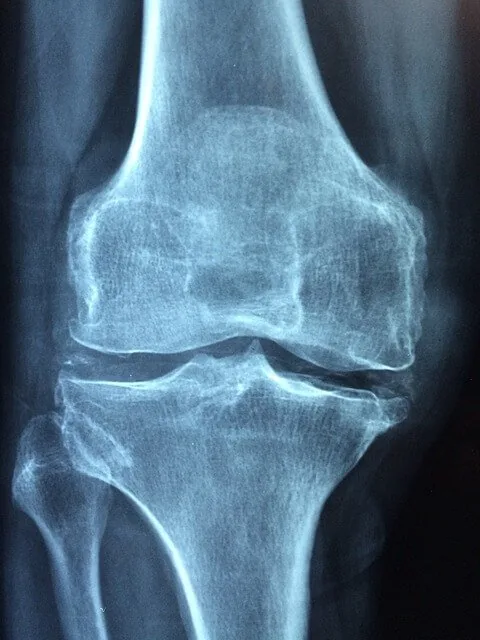
Research Shows Costs for Osteoporosis and Femur Fractures is Rising
Research Shows Costs for Osteoporosis and Femur Fractures is Rising Recently, a news article was published showing that the cost of care for individuals with…


Research Shows Costs for Osteoporosis and Femur Fractures is Rising Recently, a news article was published showing that the cost of care for individuals with…
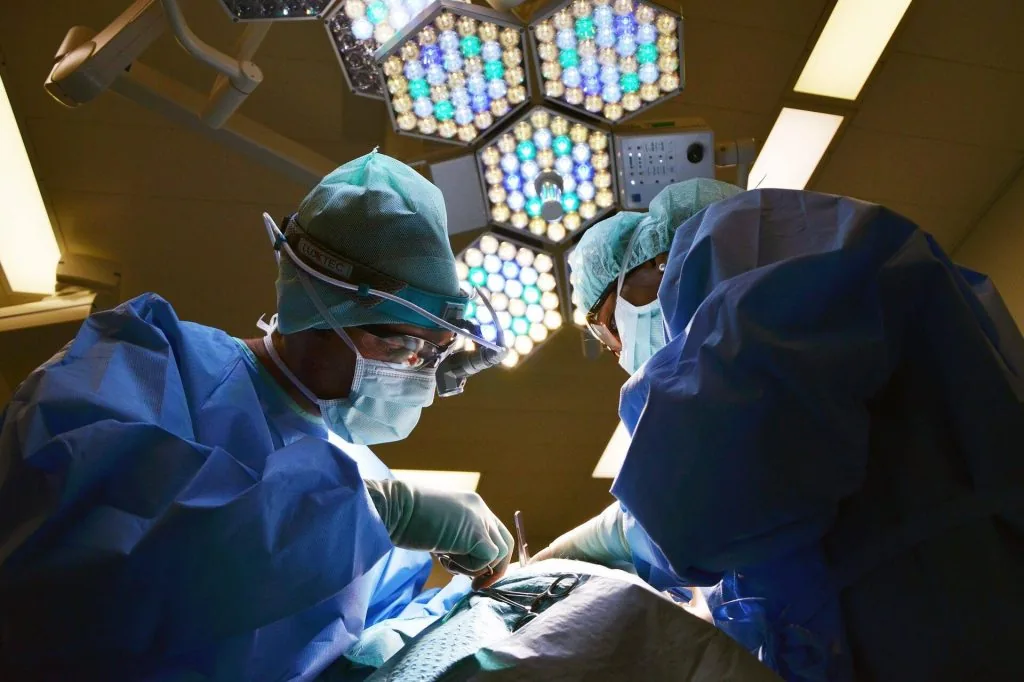
Using Magnets to Repair Femur Fracture The Rice University Brown School of Engineering is working to improve the process of femur fracture repair by using…
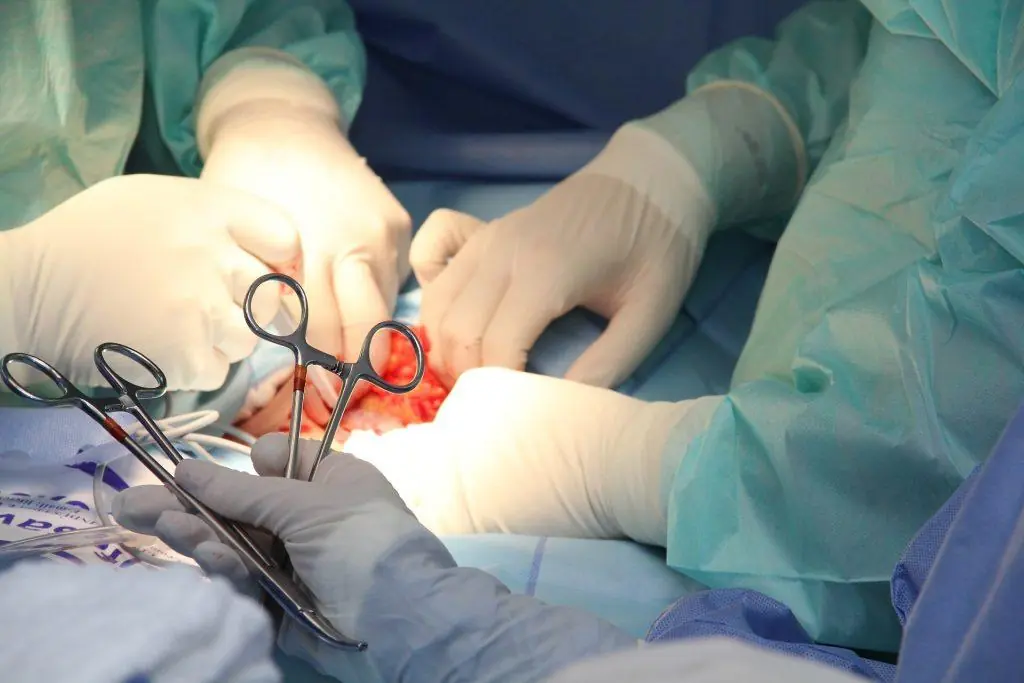
Femur Fracture Compression Plate Study A recent research study looked at the efficacy of a femur fracture compression plate. These plates are a new development…
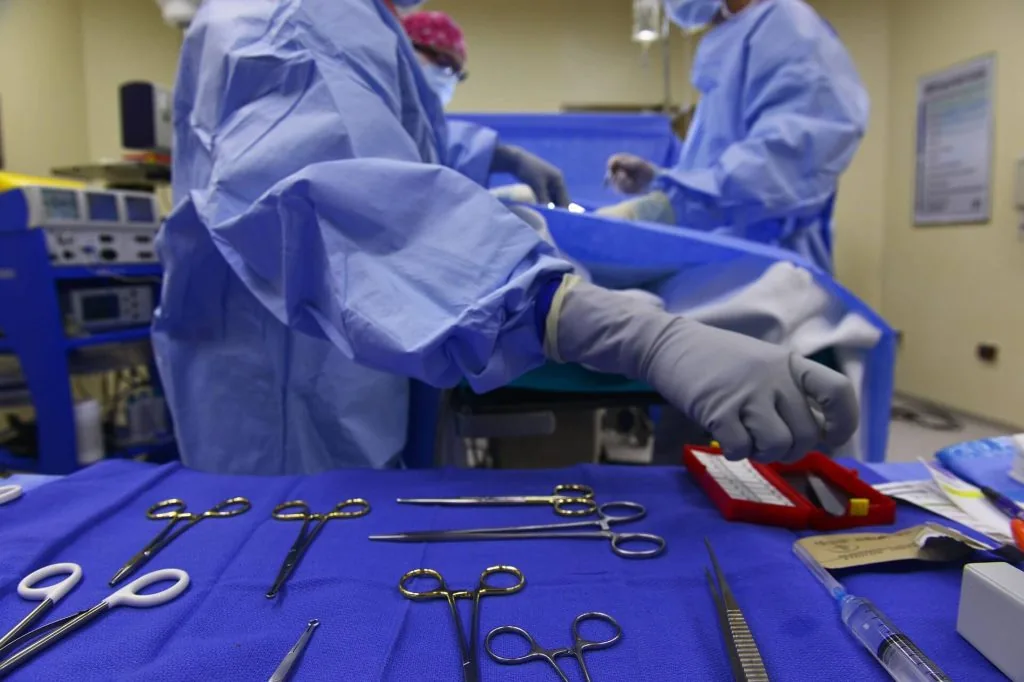
A Cartilage Repair Procedure after a Serious Injury Cartilage plays a critical role in the health of bones, particularly joints. The cartilage is the soft…
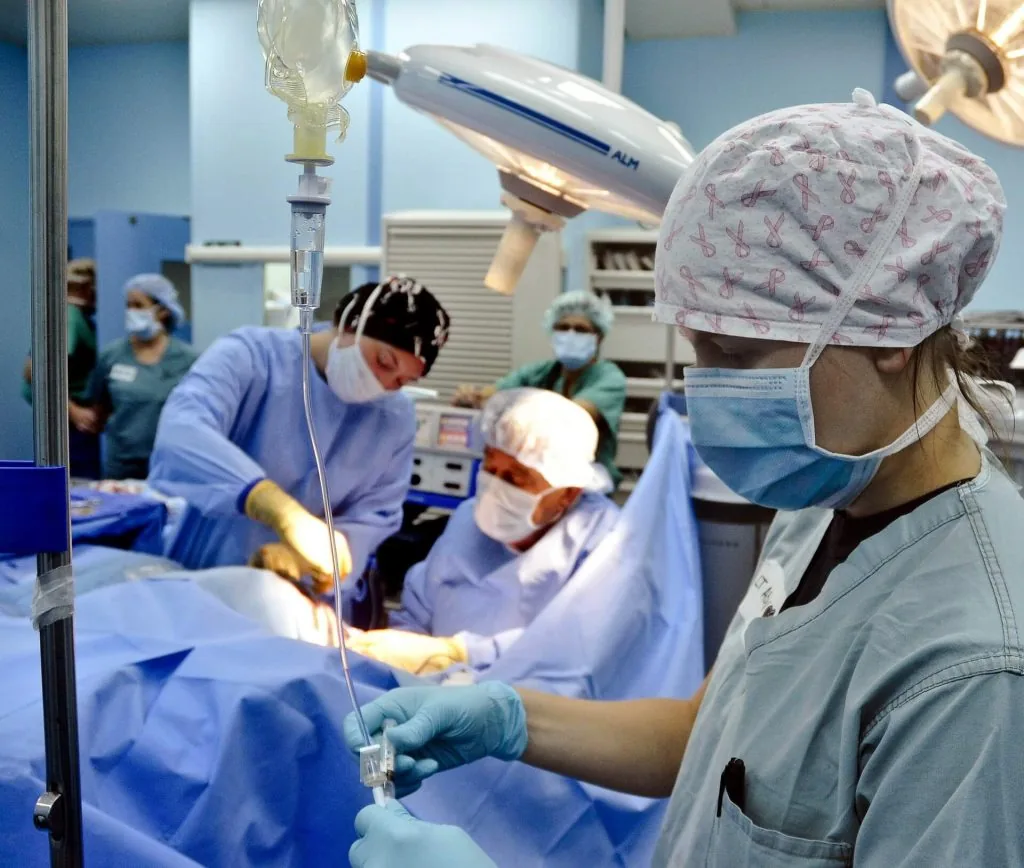
Knee Replacement Femur Fracture Treatment Recently, a case report was published describing a knee replacement as a possible treatment for a serious femur fracture. A…
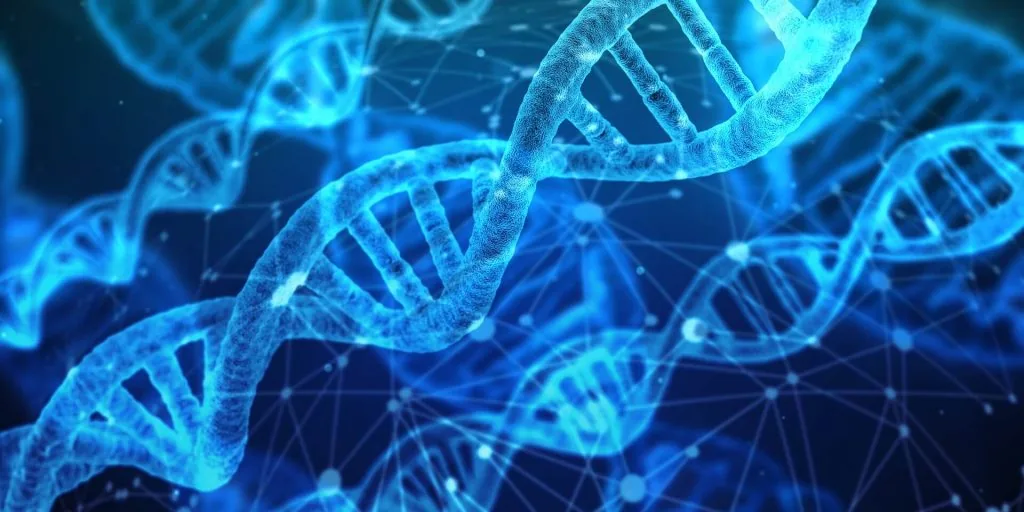
Stem Cells Can Help with the Healing Process A recent study demonstrated that stem cells can be used to expedite the healing process following a…
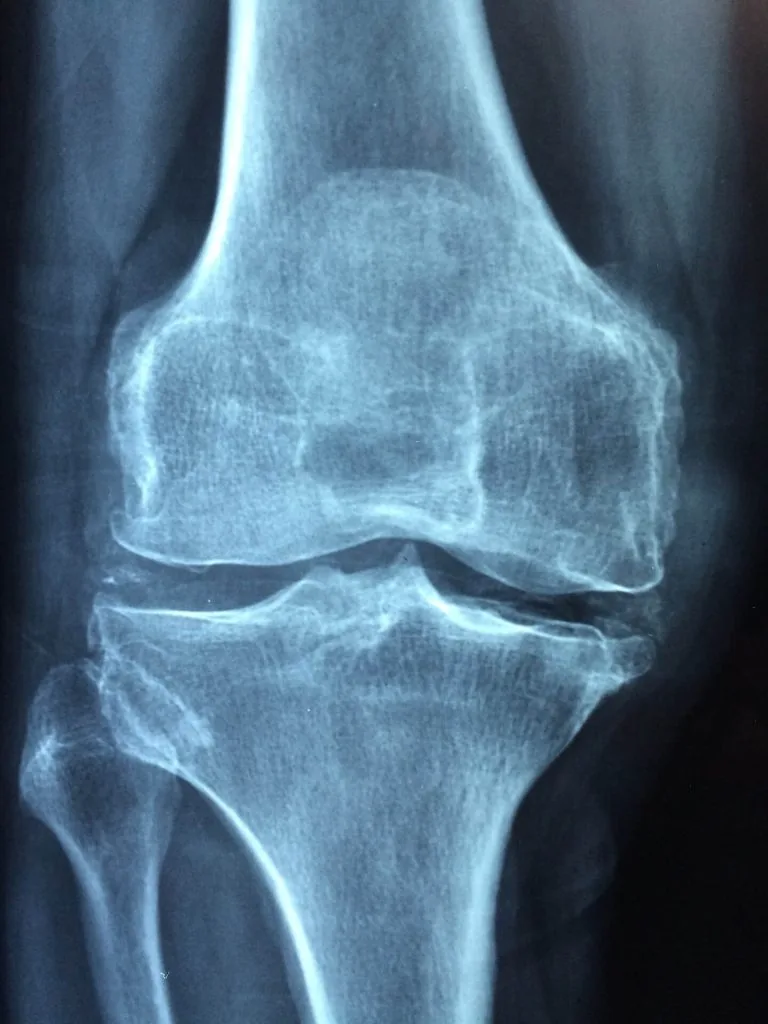
Complications of Locked Plates on Femur Fractures Femur fracture research has been a focus of the medical community over the past few years. This is…
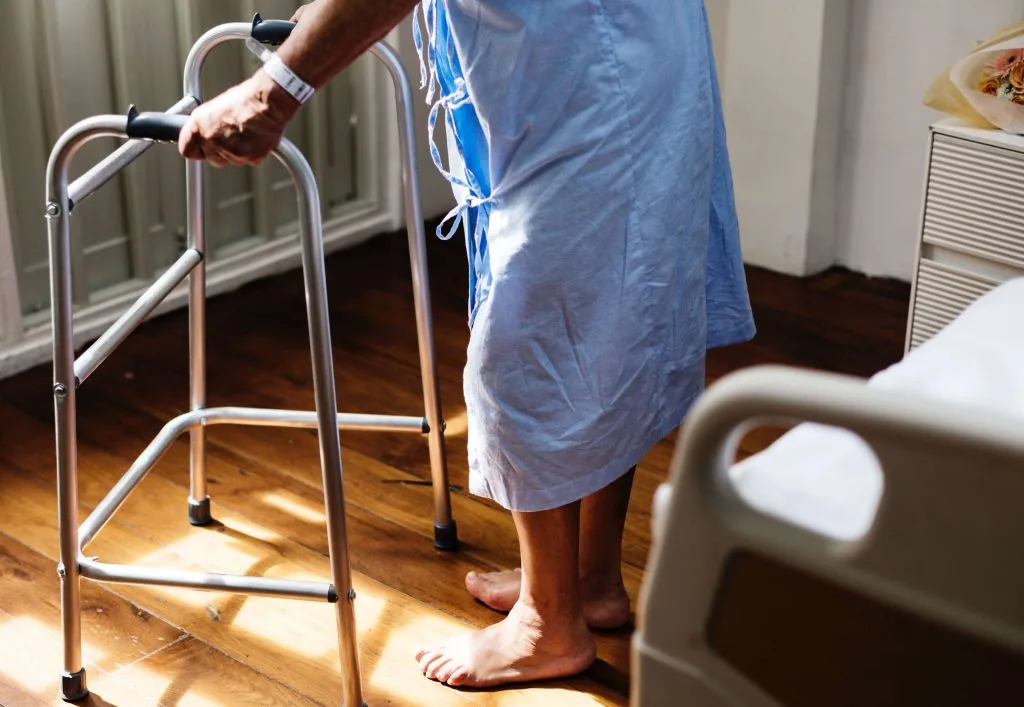
What Causes Delayed Healing? A femur fracture is a severe injury, and the recovery process usually takes weeks to months. With proper medical care, most…
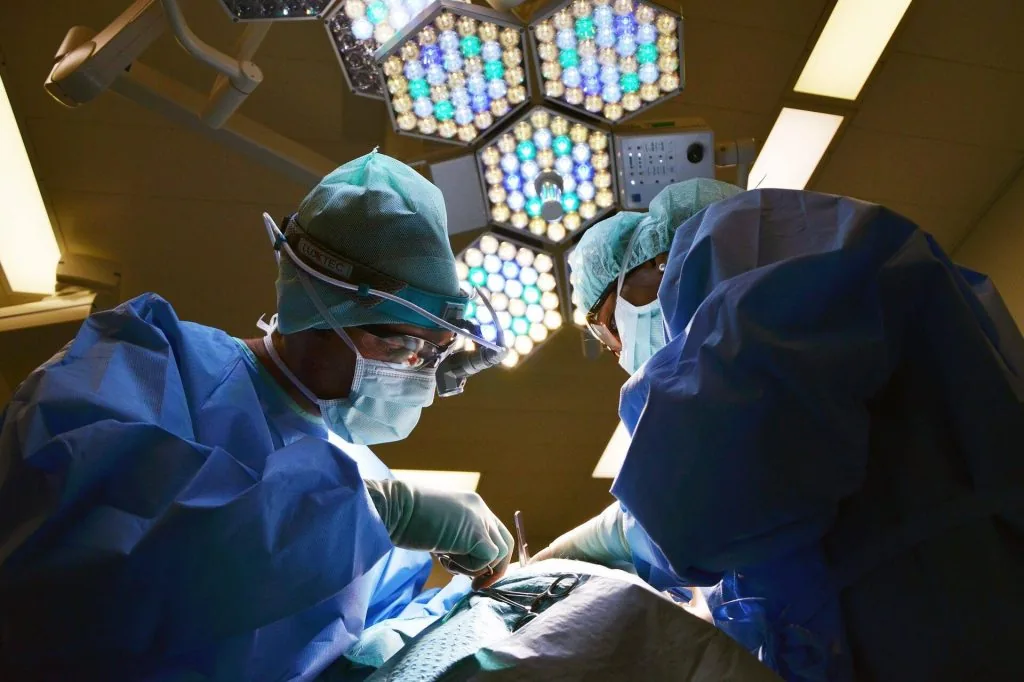
Femur Fracture Injuries A femur fracture is severe and is frequently complicated by numerous other associated injuries. Some of these injuries include other bone fractures,…

Femur Fracture Recovery The recovery process following a femur fracture doesn’t stop once the bone has healed because the leg is going to feel extremely…

Balance Problems are Big Risk Factors Several important risk factors make a femur fracture more likely. Among these are low bone mineral density (called osteoporosis),…
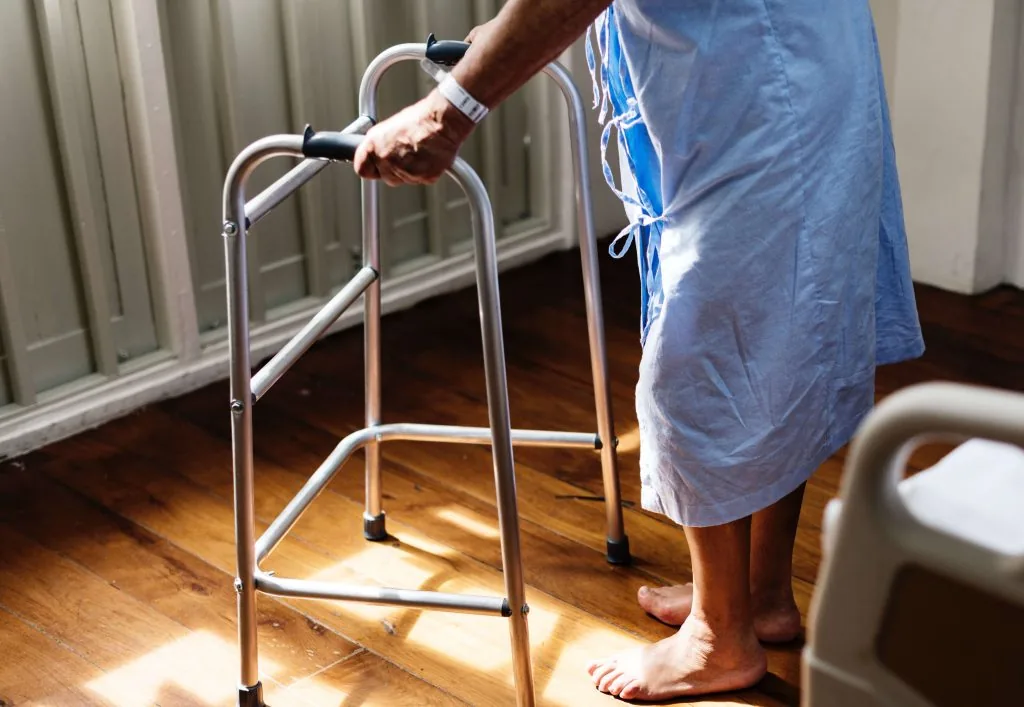
Common Types of Broken Femur Risk Factors A femur fracture is a devastating injury. Certain risk factors can increase the risk of this type of…
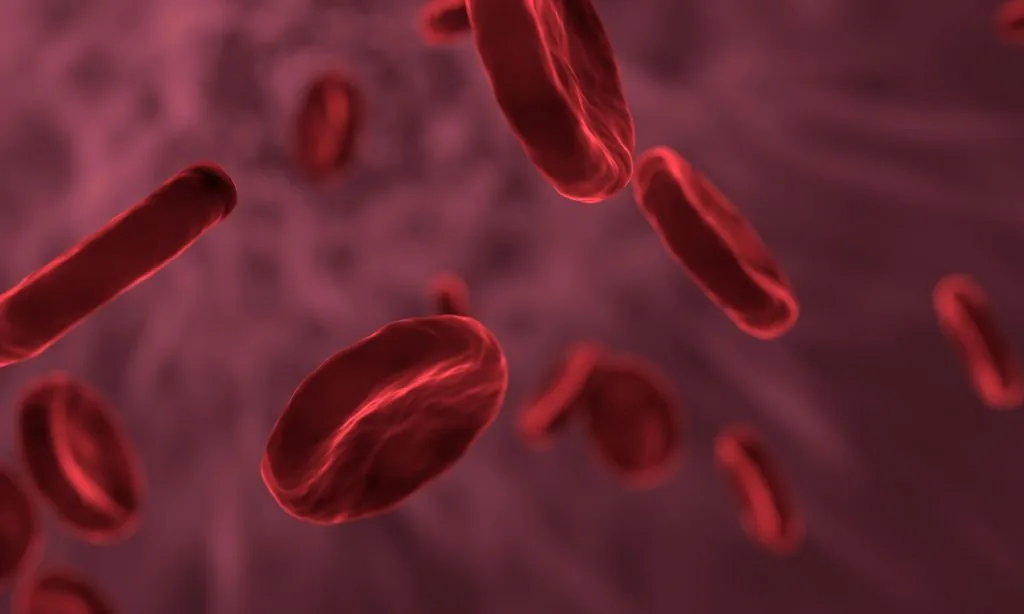
Blood Clots Can Develop After a Femur Fracture Blood clots after a femur fracture are a severe complication that could be life-threatening. There are many…
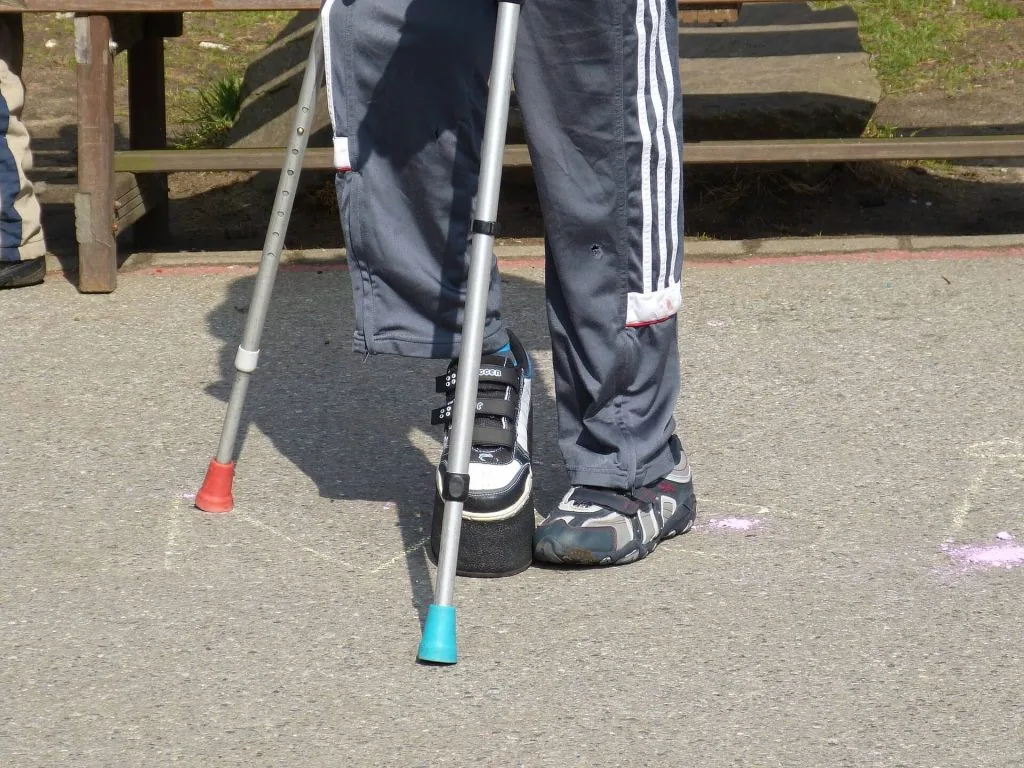
Returning to Work After a Femur Fracture Returning to work after a femur fracture can be challenging. A femur fracture is among the most serious…
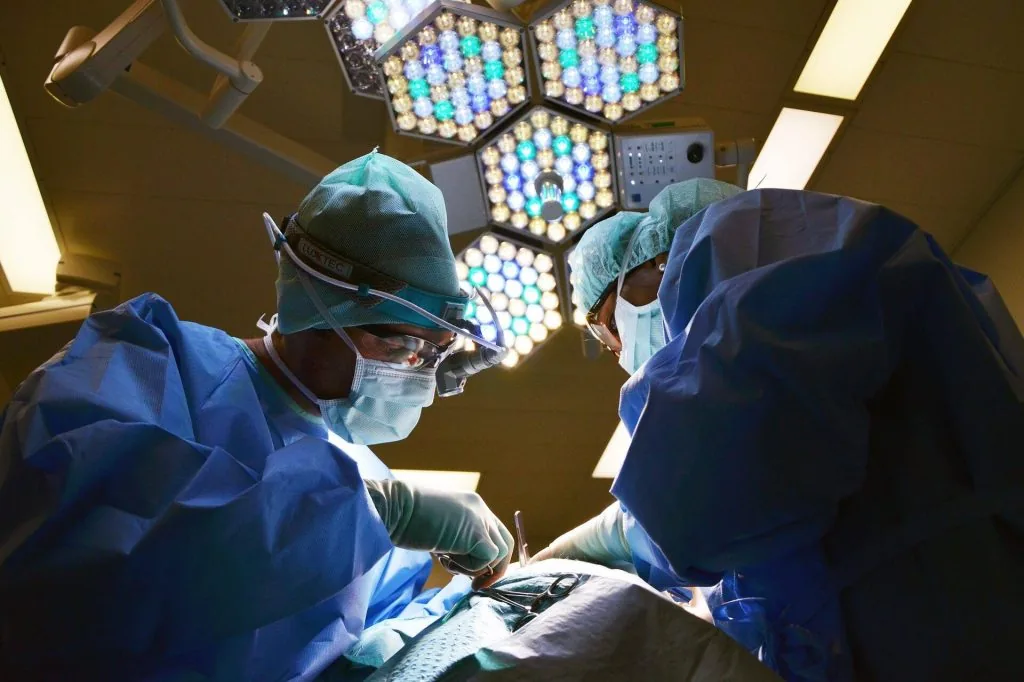
Complications of Femur Fracture Surgery Some femur fractures will require surgery. Like other injuries, femur fractures vary in terms of severity. Some femur fractures can be…
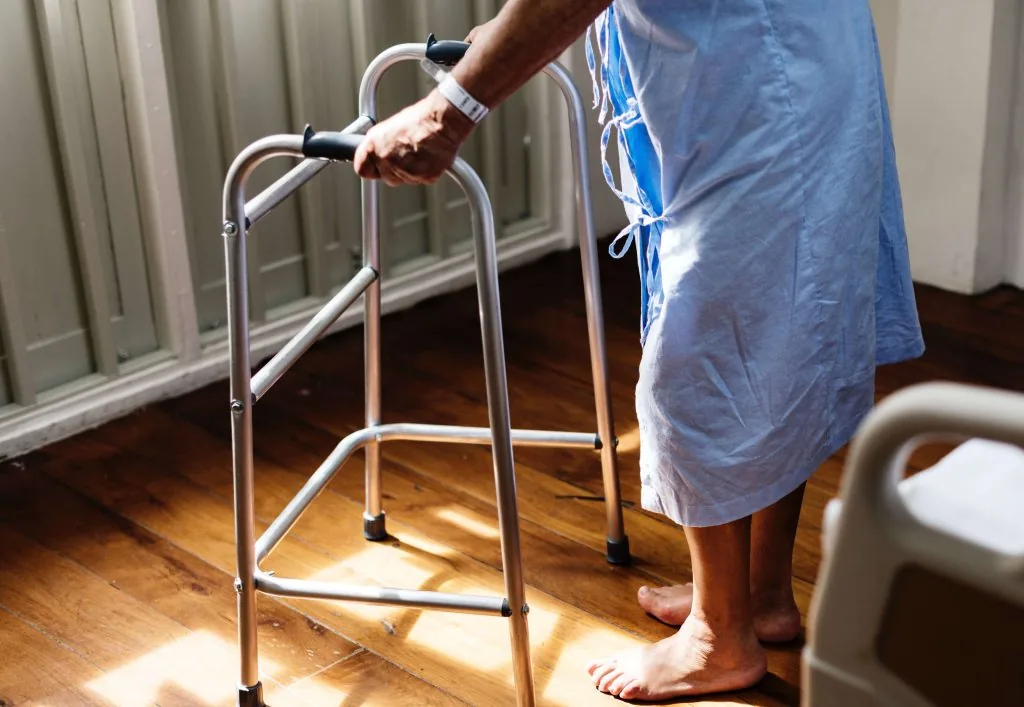
Recovery Following a Femur Fracture Fractures of the thighbone are severe because they can lead to serious complications, take a long time to heal, and…